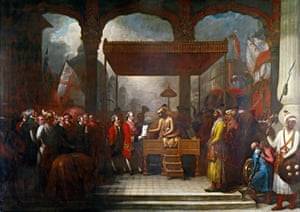By Maj Gen Sheru Thapliyal
02 Sep , 2015
In 1965 war, Indian Army had captured the strategic Haji Pir Pass. During the Tashkent talks between Indian and Pakistan, held through the good offices of Soviet Union, India agreed to return Haji Pir Pass, Pt 13620 which dominated Kargil town and many other tactically important areas. To add mystery to the whole process, Prime Minister Shastri died on 10th January, 1966 after signing the Tashkent Declaration with President Ayub Khan of Pakistan. He was denounced by all and sundry for caving in to the Russian pressure and made to return Haji Pir Pass to Pakistan, resulted in two grave disadvantages to us: One- had the pass been held by us, the distance from Jammu to Srinagar through Poonch and Uri would have been reduced by over 200 Kms. Two – later on Pak commenced its infiltration into J & K in 1965, through the Uri – Poonch Bulge which continues even today. They why did we commit this error of judgement?
Haji Pir Operations:








